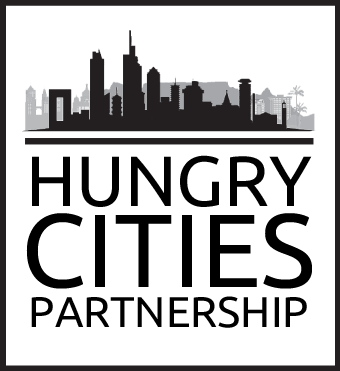
Document Type
Hungry Cities Report
Publication Date
2016
Department
Balsillie School of International Affairs
Abstract
With a population of 8.2 million people, Nanjing is the 14th largest city in China. China became a predominantly urban nation in 2011, when its urban population surpassed its rural population for the first time. The declining farming population and area of farmland along with the increased food consumption of urban residents have had significant implications for China’s food security, including in cities such as Nanjing. As with many other Chinese cities, Nanjing’s informal economy has become an important source of income for the poor, including migrant workers. Since the beginning of economic reform in 1978, street vendors have become an integral part of urban China. Their activities are diverse and include selling fresh and processed food, as well as cooking it. The diversity of food outlets in big Chinese cities like Nanjing makes the foodscape extremely complex. There are thousands of supermarkets, small stores and more than 100 wet markets and wholesale markets in Nanjing. Food safety has become an urgent and important issue in the last few years, and the most relevant dimension of food security for Chinese urban residents might well be access to safe food. This audit of the city of Nanjing and its food system highlights the fact that there are major gaps in our understanding of the food system. As the Hungry Cities Partnership research program progresses, accurate information on a range of food issues in the city will fill many of these gaps.
Recommended Citation
Si, Z., Crush, J., Scott, S., & Zhong, T. (2016). The Urban Food System of Nanjing, China (rep., pp. i-48). Waterloo, ON: Hungry Cities Partnership. Hungry Cities Report, No. 1.
Included in
Food Studies Commons, Human Geography Commons, Politics and Social Change Commons, Urban Studies and Planning Commons

